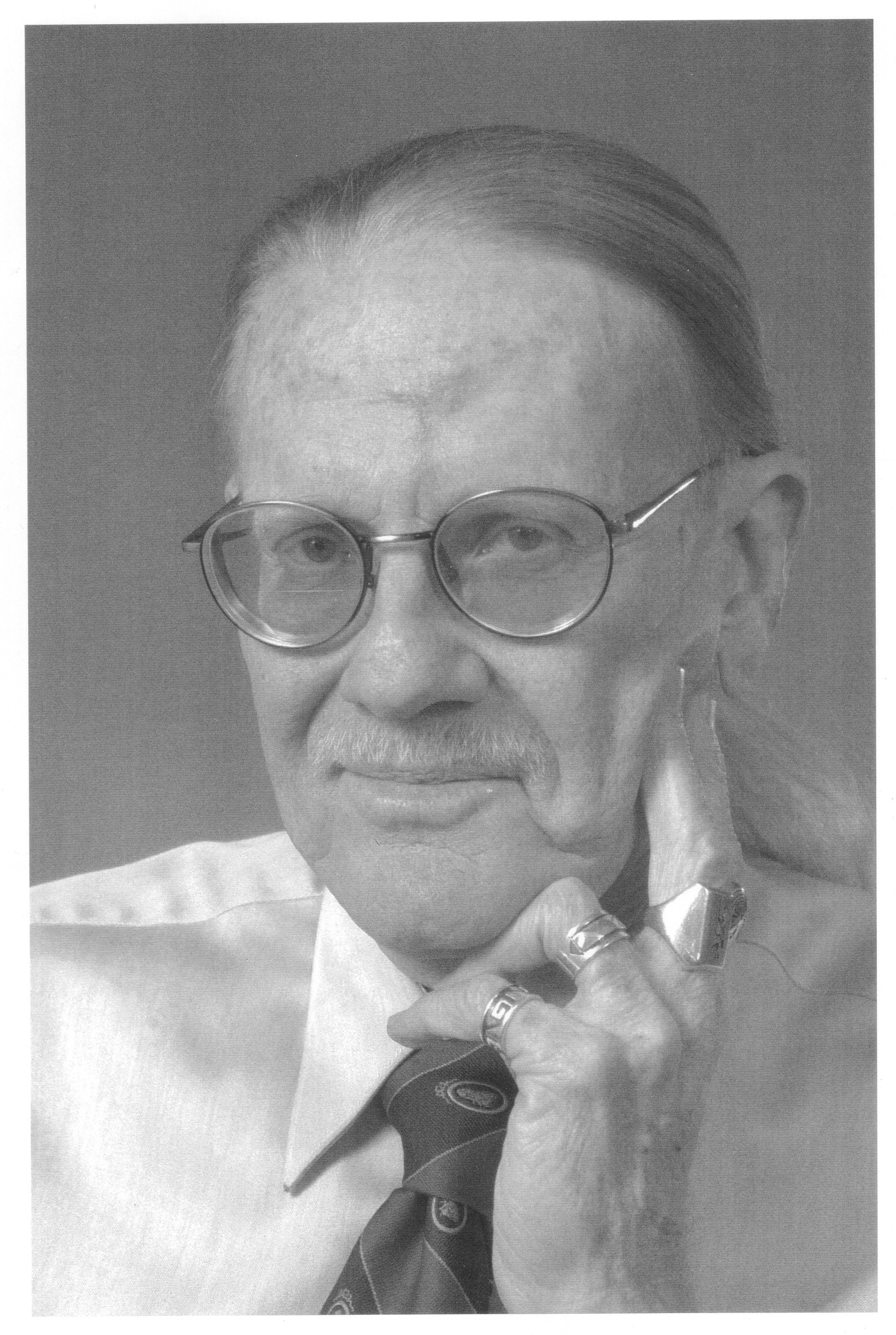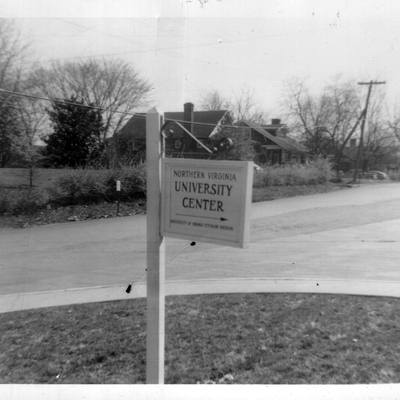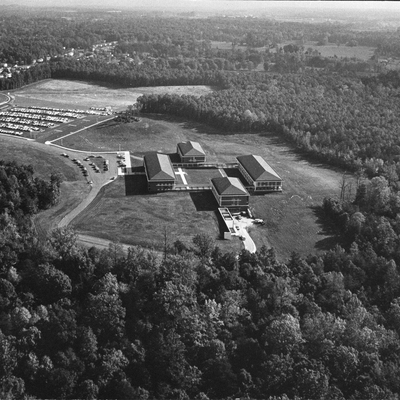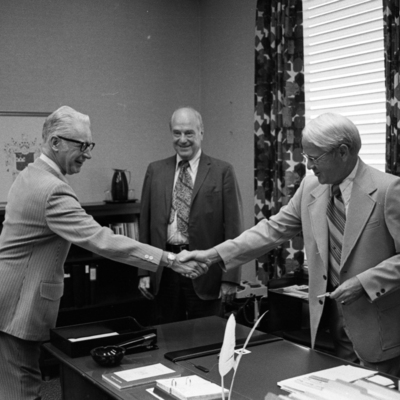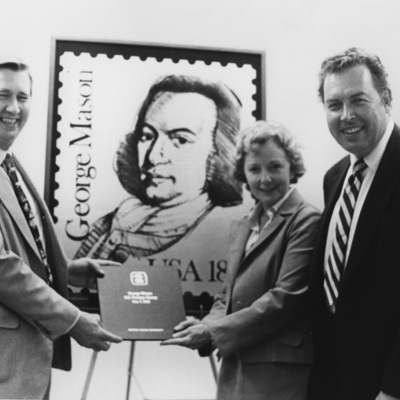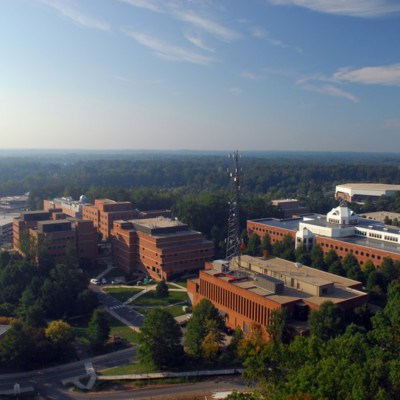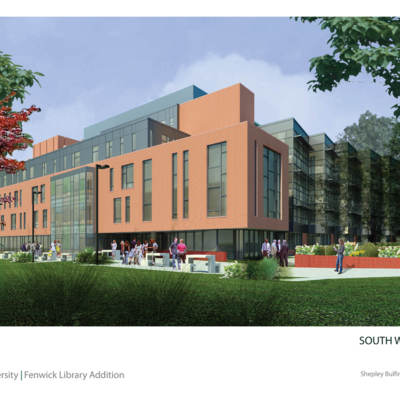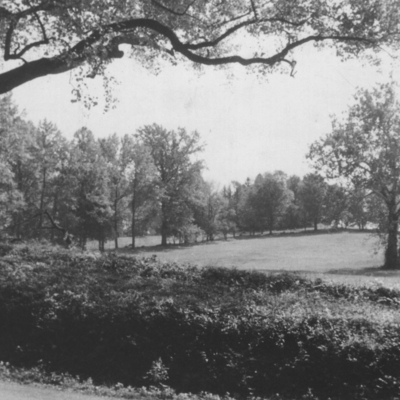When an Engineer takes on the "Dismal Science": Vernon L. Smith and the Nobel Prize for Economics, 2002
The tall man with the ponytail and the flashy silver rings gave a slight smile as he shook hands with the King of Sweden on December 10, 2002. [1] Even in the formal setting of the Nobel Prize ceremony, Dr. Vernon Smith’s idiosyncratic style shown through the tuxedoes and satin sashes. He was then presented the award "for having established laboratory experiments as a tool in empirical economic analysis, especially in the study of alternative market mechanisms."[2]
Smith, a Kansas farm boy, raised during the Dust Bowl and trained in electronic engineering, had taken on the established ideas of economic theory and brought an engineer’s and scientist’s sensitivities to the field. His experiments created a new way for students to learn theory and for seasoned economists to test their assumptions. Experimental economics, and the model experiments devised by Smith, have become commonplace in economic and business courses internationally. More importantly, economists now have methods to test hypotheses in a laboratory setting before putting them into use. These results owe their popularity to Smith’s “outside of the box” ideas. This innovative spirit found a home at George Mason University from 2001 to 2008, where Smith and seven colleagues brought their brand of experimental economics to Mason’s already well-known economic department.
Vernon Smith was born in Wichita, Kansas on January 1, 1927. His father was a mechanic but had lost his job, and the family was forced to move to a farm to try to make ends meet. Smith recalled that his childhood on the farm, even though it lacked such amenities as running water and electricity, was an adventure. [3] His early school experiences in a one-room schoolhouse, where all the students of six grades shared the same classroom and teacher, allowed him to listen in on his upperclassmen’s lessons and consequently skip second grade. Back on the farm, Smith gained from his mechanic father a deep interest in how things work. This led to Smith’s application at age sixteen to work in Boeing Aircraft’s Wichita plant assembling and testing the machine guns on B-29s. After the war, and with some remedial classes at a local Quaker college to bring up his high school grade point average, Smith headed west to California Polytechnic Institute (Caltech) to earn his BS in electrical engineering. During his senior year, he took an economics class, found that he really enjoyed the intellectual challenge of the discipline, and headed first to Kansas University to get his MA, and then to Harvard for his Ph.D. in the field, which he finished in 1955. [4]
For the next twenty years, Smith taught at several top-flight universities including Purdue, Stanford, and Harvard. More importantly, he was building a network of fellow economic researchers and publishing studies. It was also during this time that he began to develop his theory of experimental economics. Since his first days teaching, he experimented with using his students as models of the market, and asking them to perform selling/buying experiments. These simple experiments started as a way to answer a particular research problem. In repeating these tasks, Smith gathered data, as any good scientist should. He found his results correlated very closely to the results found in the market in general. Consequently, Smith broadened his questions and created new exercises that he used with his students, as well as asking his colleagues to try them with their students. [5] Prior to this, economists thought that markets would behave differently than small groups because of the dynamics of the interaction of large groups. Smith’s work showed that not only could small groups get some of the same results as the market in general but also that, given sufficient trials and applications, the results of the small-group experiments could be used to predict the behavior of markets. [6]
Thomas Carlyle dubbed economics “the dismal science” in an article printed in 1839. [7] Economics had been considered a science like astronomy—destined to gather data by way of field observation. Smith’s experimental economics showed that economics could be treated like a laboratory science, and starting in 1975, he founded that laboratory at the University of Arizona. For twenty-six years, Smith and his colleagues grew the field of experimental economics into a powerful set of tools. In keeping with their unconventional practices, their work encompassed such non-economic methodologies as game theory and psychology to find the answers.
In June of 2001, George Mason University, through the efforts of Dean of the College of Arts and Sciences, Daniele Struppa, presented Smith with an offer he could not refuse: a chance to lead the Interdisciplinary Center for Economic Science (ICES)[8] at the Arlington Campus. This Center, created in part by a three million dollar grant from the Charles G. Koch Charitable Foundation, would be part of the Department of Economics and would offer Smith and seven of his colleagues links to the Mercatus Institute and the opportunity to work in the heart of the Washington DC area, with its confluence of government, business, and high tech industry. [9] It was only a short year and a half later that the Nobel Committee chose Smith and Princeton economist Daniel Kahneman as the 2002 recipients of the prize for Economic Science. Kahneman also approached economics from outside the field, pioneering the research on the role of psychology in the market process. [10] The two professors divided the one million dollar prize: Smith donated his portion of the award to fund the International Foundation for Research in Experimental Economics (IFREE), which he founded in 1997 to further education in experimental economics. [11] George Mason University’s Department of Economics now had an international reputation as a school that hosted two Nobel laureates with major research facilities in experimental economics.
In 2008, Smith left the University to join the faculty of Chapman University in Orange, California. There he established a research facility for IFREE. [12] He is still an advisor to the Mercatus Institute, and research using experimental economics continues at George Mason University’s Department of Economics Interdisciplinary Center for Economic Science. [13]
Browse items related to Vernon L. Smith.
